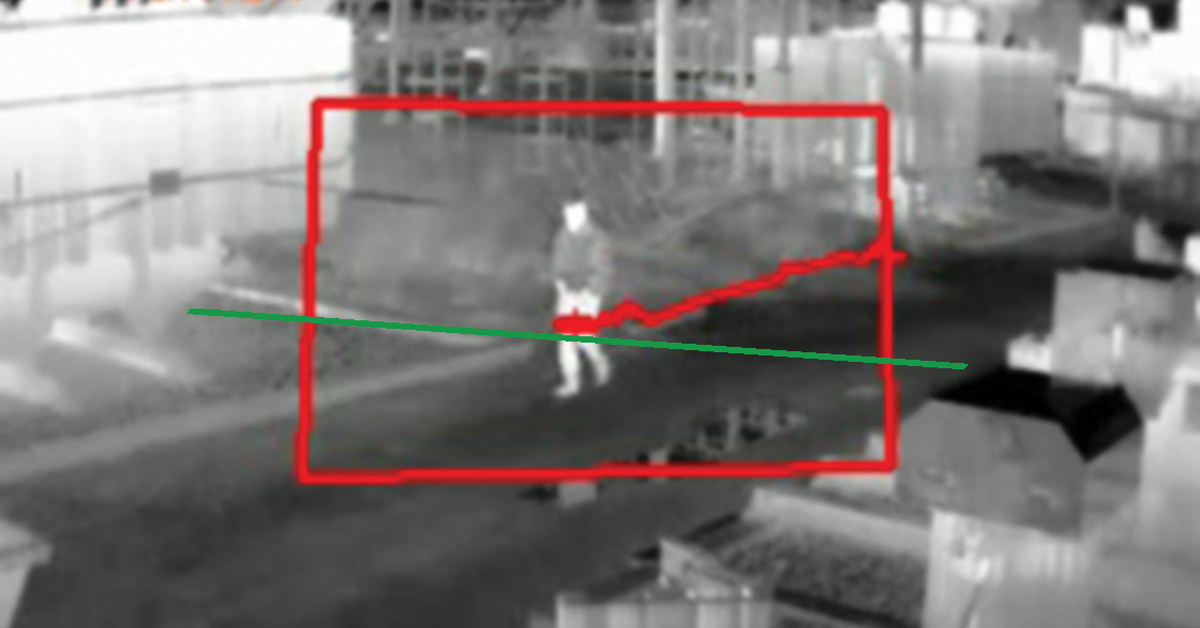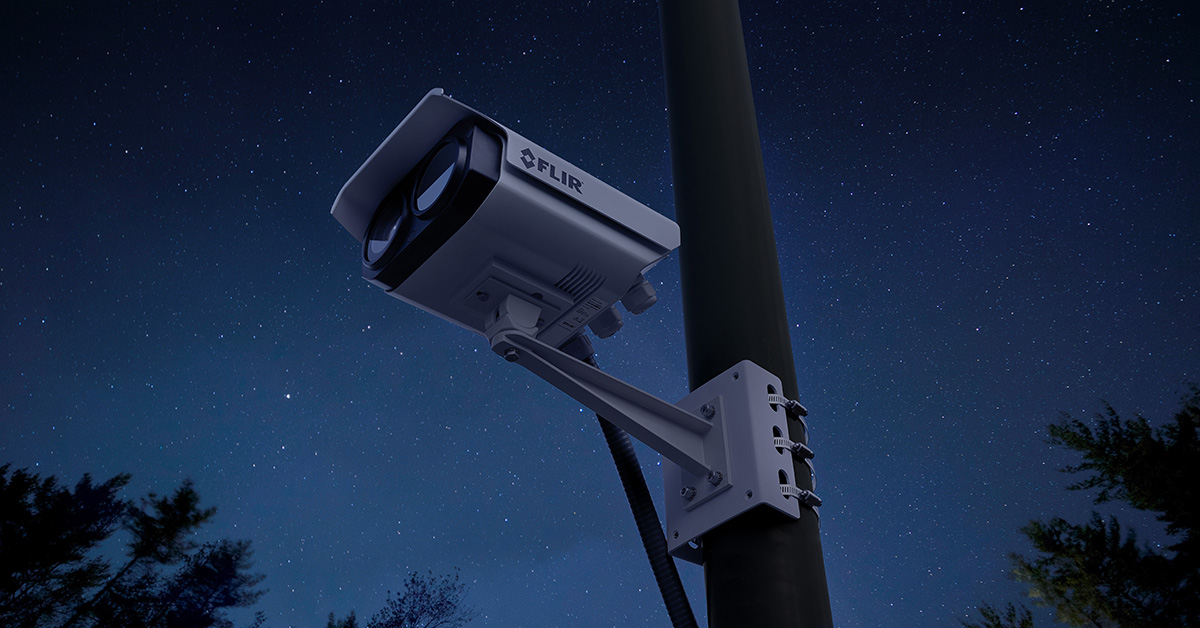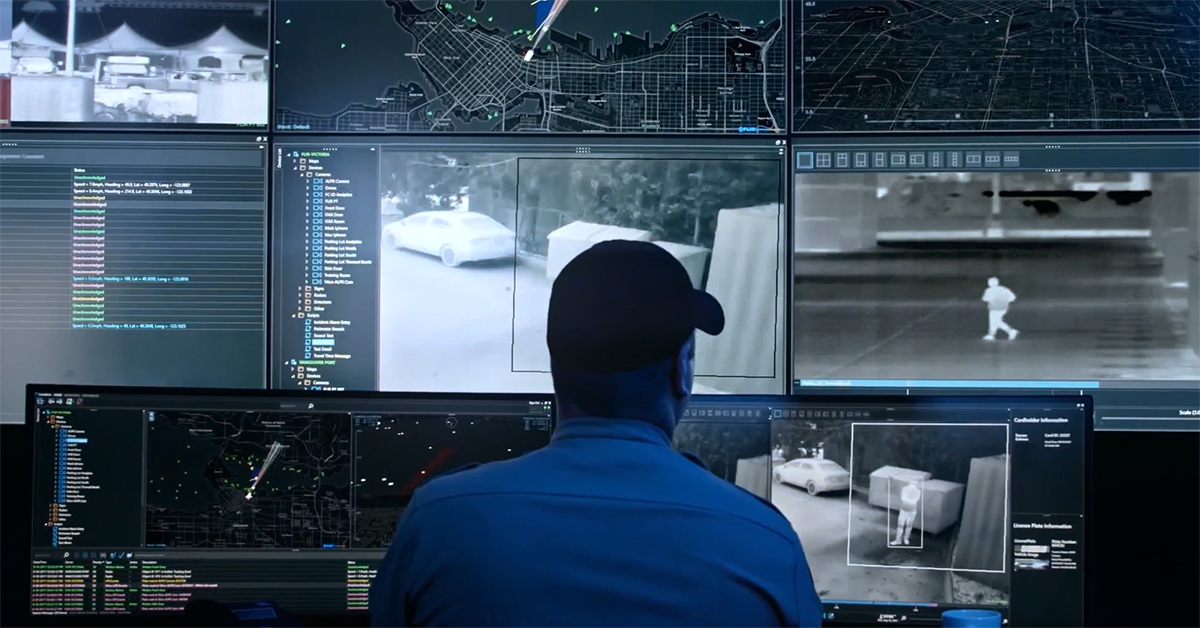What Happens After an Intruder is Detected?

System integrators design perimeter surveillance systems that prepare everyday security personnel for their worst-case scenarios—not because they might happen, but because they do. When it comes to building an end-to-end solution, it’s important for security customers to prioritize threat recognition sensors such as thermal cameras and radar for the critical task of detecting intruders. But at the end of the day, technologies that aid in assessment and response are equally important. What happens after the security system detects an intruder matters just as much as anything else.
Verification and Suspect Identification
Once an anomaly is detected, it is paramount to determine whether the alarm is a true threat or a false positive. Security operators can do this by reviewing video from the thermal or visible camera that triggered the event (such as the Teledyne FLIR FH-Series ID) and deciding whether it is a true threat or simply an employee on their lunch break. Once a security officer has validated the alarm, the officer must assess the situation. A security operator using a dual-spectrum pan-tilt-zoom camera such as the Elara™ DX-Series can follow the suspect to determine the risk level and identify the intruder or unauthorized vehicle and observe their behavior. The 4K visible camera in the DX-Series is optimal for collecting evidentiary color video, identifying the suspect, and recording the license plate number of an unauthorized vehicle. By identifying whether the approaching person or vehicle is friend or foe, security teams can better plan their response.
Deter, Delay, Defend, and Dispatch
Following threat assessment, security forces must immediately take steps to deter, delay, and defend a facility as well as dispatch personnel for backup. Using a robust video management system such as the Teledyne FLIR United VMS, a security officer can implement several tools for real-time response. Two-way audio devices connected to the surveillance system can be programed to play a pre-recorded audio message to alert the intruder that they're being watched. Bi-directional audio solutions also enable remote operators to “talk down” an intruder on the ground and communicate that the authorities are on their way. Through the VMS, security personnel can trigger automated alerts to law enforcement while simultaneously activating access control systems to initiate lockdown procedures to confine the suspect in one area until authorities arrive. Between the time that the threat is detected and when the authorities arrive, the security operator can keep a constant visual on the intruder using FLIR’s premium visible cameras or multi-spectral PTZ cameras.
Evidence Collection
While deterring or even apprehending a suspect can prevent a crime from occurring in the first place, utilizing existing security footage and compiling evidence is key to managing a case against intruders after the fact. This evidentiary footage is also a crucial piece of evidence when submitting insurance claims to repair any potential damage. In the past, traditional CCTV footage captured an event but would only yield grainy and unclear video images not considered acceptable as evidence. However, with today's advanced 4K cameras, security personnel can deliver judiciary-grade images with the highest clarity and detail that will be upheld in a court of law.


